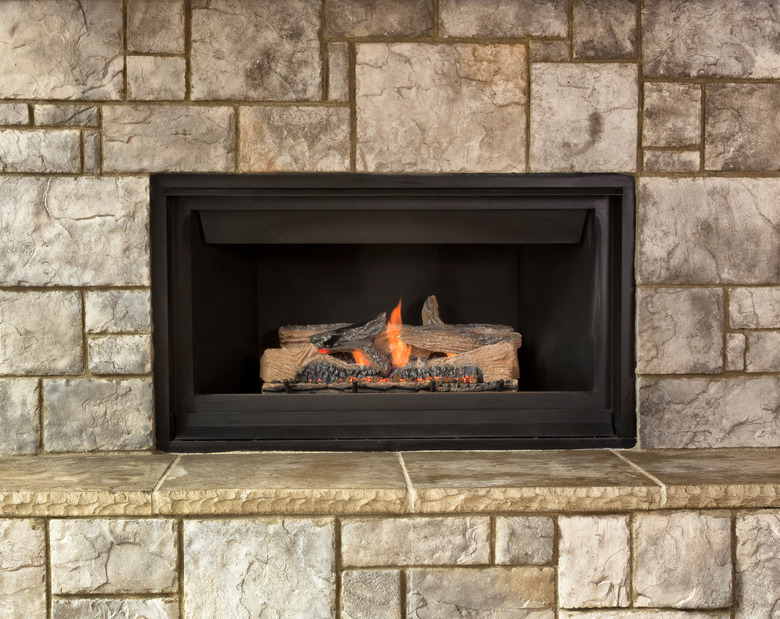How To Convert A Fireplace Back To Wood From Gas
There's really nothing like the feeling of sitting in front of a wood-burning fireplace. The crackling of the wood combined with its unmistakable smell can create an intimate, comfortable ambiance for entertaining. While there have been major strides in fireplace technology, wood-burning units create a classic experience you may wish to return to.
Convert Gas Fireplace to Wood
Convert Gas Fireplace to Wood
Turning a gas fireplace into a wood-burning one is possible in some instances. However, not every gas fireplace is able to be converted to wood. Conversion is only possible when the fireplace was originally constructed to burn wood. If the fireplace was initially a gas one, it can't be converted to a wood-burning unit.
This type of work might require a consultation by a home contractor or other expert, so be sure to reach out for their input before proceeding. For your safety, you should not undertake any projects involving natural gas without the assistance of a qualified professional unless you have experience with this sort of work.
Venting a Fireplace
Venting a Fireplace
It's unadvised to simply pull out the gas logs and throw wood logs into the fireplace. You'll first have to check if you have a venting system that can handle the smoke of burning wood. If you don't do this, you risk filling your home with smoke when you use the fireplace. Though it's possible to check the vents yourself, it may be a good idea to contact a certified chimney sweep to have them check your fireplace system for safety before you use it to burn wood.
It's far simpler to vent out a gas fireplace than a wood-burning one. This is because wood combustion creates smoke. Gas fireplaces, by contrast, don't yield the same by-products of consumption. Originally, this was the reason that many home builders switched to gas fireplaces over wood burners.
Considerations Before You Begin
Considerations Before You Begin
If a fireplace was originally wood burning then converted to gas, there may be damage to the chimney flue itself. While gas fireplaces don't create the same smoke that wood-burning fireplaces do, they do yield corrosive chemicals when burning. Before you change your fireplace back to its original state, it's advised that you have an inspection done. If your flue is damaged, you can fit a stainless steel flue over the original fireplace flue.
Before you begin working on the fireplace conversion, you should check with your municipality to ensure you're building code compliant. Some buildings, such as registered historic homes, have strict requirements when it comes to renovations. There may also be rules from your homeowners association or city that must be followed. Pollution laws sometimes prohibit this sort of work, though you may be able to install an EPA-approved stove that burns wood.
Removing Gas Inserts
Removing Gas Inserts
In order to change a gas fireplace to a wood-burning stove or fireplace, you should first have the system inspected for the sake of safety. Ideally, you'd contact a professional to complete the work. If you decide to do the project yourself, be sure that you turn your gas line off before proceeding to work on it.
Most gas inserts can be easily removed with a crescent wrench. If there's anything cosmetic that you want to change with your fireplace, this is an excellent time to do so. Clean the fireplace out and ensure that your flue is going to function properly before reassembling the unit.
Converting Gas Lines
Converting Gas Lines
Before you can use the fireplace to burn wood, you need to cap your gas line off completely. Alternatively, you can choose to convert the line into a gas log lighter. The whole process can cost up to $300, provided your flue is in good shape. If you do most of the work yourself, the costs will, of course, be different.
However, you should only undertake this sort of project if you have experience working with natural gas and take proper safety precautions. Natural gas can cause carbon monoxide leaks that can kill. Carbon monoxide is a dangerous gas because it has no smell and can't be seen. If you're working on your fireplace and have a headache or begin to feel tired, you should leave the house immediately, as you might have a leak.
